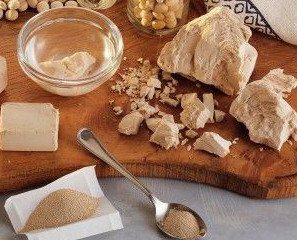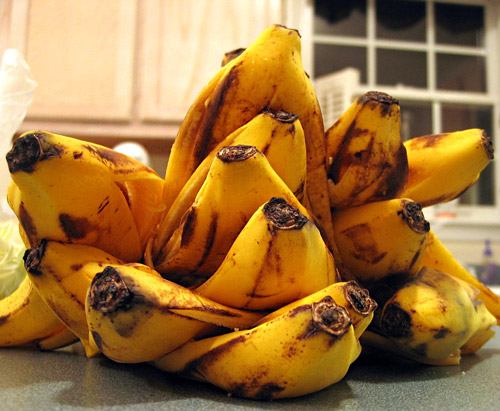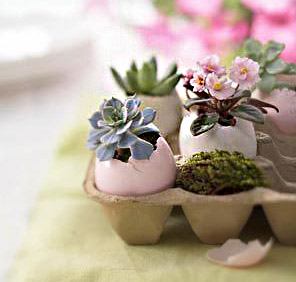I bought sunflower ash for my plants. The purchase was spontaneous, and at that moment, I didn’t even know how to use it or how it could benefit plants. So, let’s fertilize our indoor garden with ash.
What is Ash?
Ash is the non-combustible residue left after burning plant material, essentially a collection of minerals. Only ash from burning plant materials like buckwheat straw, sunflower stems, rye straw, wheat straw, birch logs, or peat is useful. Sunflower ash has the highest mineral content: 35% potassium, 4% phosphorus, and 20% calcium. It also contains sulfur, sodium, iron, boron, manganese, silicon, molybdenum, and other elements. However, it lacks nitrogen, which evaporates during burning.
What Are the Benefits of Ash?
Ash contains all the necessary micronutrients for plants. Thus, ash is a potassium-phosphorus fertilizer that reduces soil acidity through lime. Ash helps maintain conditions in the soil for the development of beneficial microorganisms and bacteria. It sanitizes the soil, making plants more resistant to diseases and helping them adapt more quickly after transplanting.
How to Use Ash?
Firstly, be cautious not to use ash and nitrogen fertilizers simultaneously, as ammonia will evaporate. If you added ash to the soil mix when planting, apply nitrogen fertilizers a month later. Ash does not mix well with other fertilizers, such as phosphorus or phosphate-based ones.
Add just under a tablespoon of ash per 5 liters of soil. Ash will sanitize and enrich the soil. Do not use ash for plants that prefer acidic soil, like azaleas, camellias, or heathers.
You can also water plants with ash infusion—1 teaspoon per liter of hot water, steeped for 24 hours. Water with this infusion once a month, alternating with nitrogen fertilizers. This infusion can also be used to spray plants to deter pests (add a bit of green soap).
I added ash to the soil for my tomato seedlings, along with perlite and vermiculite . Without feeding, plants in pots will suffer. Be sure to use both organic and inorganic fertilizers to avoid nutrient deficiencies in plants.
Check out yeast fertilizer and egg shell fertilizer .



